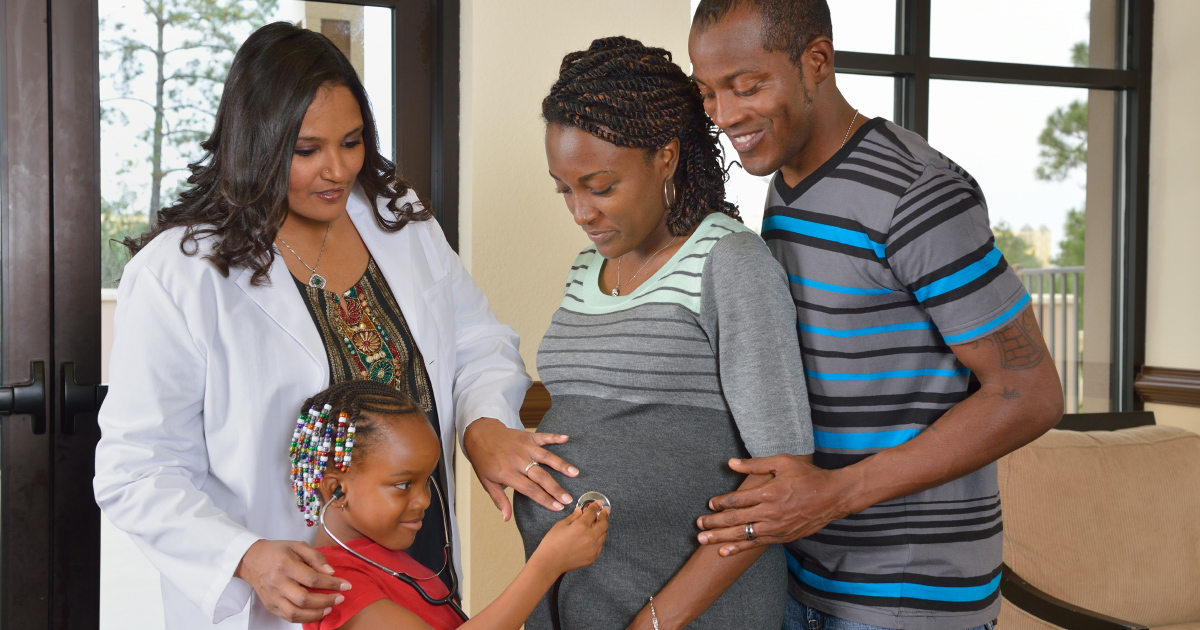When second time around isn’t easy

When a couple has problems having a second child it can be devastating to those hoping to add to their family. So what are their options?
Generally, we are told that things ‘get easier’ the second time around. However, secondary infertility affects 11 percent of couples and accounts for up to 30 percent of all cases of infertility. Apart from any physical problems that might face couples in this position, it also presents emotional challenges, but with treatment and support it can have a happy outcome.
WHAT CAUSES IT?
According to fertility specialist Dr Mohamed Cassim, the causes of secondary infertility are the same as primary infertility. Most commonly, these include:
- Reduced sperm production, function or delivery. This happens naturally as men get older, but could also be the result of injury or damage to the reproductive organs (particularly the testes).
- Fallopian tube damage, ovulation disorders, Endometriosis (a condition where there is abnormal tissue growth outside of the womb) and other uterine conditions such as the development of fibroids. According to Dr Cassim, these issues also become more common as women get older.
- Complications related to previous pregnancies or surgeries, such as scar tissue developing after a C-section birth with the first child.
- Normal pregnancy risk factor changes for either partner, due to age, weight, illness or use of medication.
CAN IT BE TREATED?
It is natural that the older we get, the less fertile we become, which could account for a large majority of cases of secondary infertility. However, if you are still under the age of 35 and have been trying to conceive for a year (or, by some doctor’s recommendations, for six months) then it’s time to seek medical advice. There are various treatment options to consider, but many of them are similar to primary infertility treatments, and – as is always the case in matters of fertility – there is no guarantee that any of them will work.
THE MOST COMMON INTERVENTIONS INCLUDE
- Fertility drugs (oral or injected) aimed at enhancing fertility through a variety of methods, including oestrogen blocking and stimulating ovarian follicle development.
- Intrauterine insemination (IUI), a fertility treatment that involves placing sperm inside a woman’s uterus, thereby increasing the number of sperm that reach the fallopian tubes and also increasing the chance of fertilisation.
- In vitro fertilisation (IVF), a process of fertilising the egg with sperm outside the body, in a laboratory.
- Surgery, usually laparoscopic surgery (performed using a small incision and a camera), can be effective to repair blocked fallopian tubes, or to remove fibroids or excess tissue caused by endometriosis.
EMOTIONAL CHALLENGES
Secondary infertility comes with various emotional issues. Apart from the disappointment of being told they might not have another child, some couples might experience shock and disbelief – after all, they have already ‘proven’ their fertility by having their first child. Others might feel guilty for waiting too long and ‘missing their chance’.
The exact cause of secondary infertility might go undiagnosed, even after extensive testing. Experts estimate that about a third of secondary infertility cases are caused by male problems and another third by female problems. The last third are caused by both parties – or by unknown issues that are never identified. This can add to feelings of confusion and frustration. If someone you know is battling with the condition, don’t ask insensitive questions or pry too closely into their affairs – just be there for them if they want to talk about it. Sometimes simply talking about things can reduce stress, which might be part of the problem to begin with.
If you are battling with secondary infertility and are feeling worn down or depressed by the experience, don’t hesitate to seek support. Even if you aren’t one of the lucky ones who gets successful treatment, counselling will help deal with your feelings and overcome the negative emotions. Also investigate other options, like adoption. The positive side of this scenario is that if you decide to adopt, it is no small gift to give a loving home to a child who desperately needs one.
Related articles

Latest Jet club magazine
We’ve got the latest trends, exciting prizes and exclusive savings just for you!
Jet Club will not pass your details to anyone else. By clicking the subscribe button you confirm you have read and agree to the Jet Club Terms and conditions and Jet Club Privacy Statement.
Subscribe


